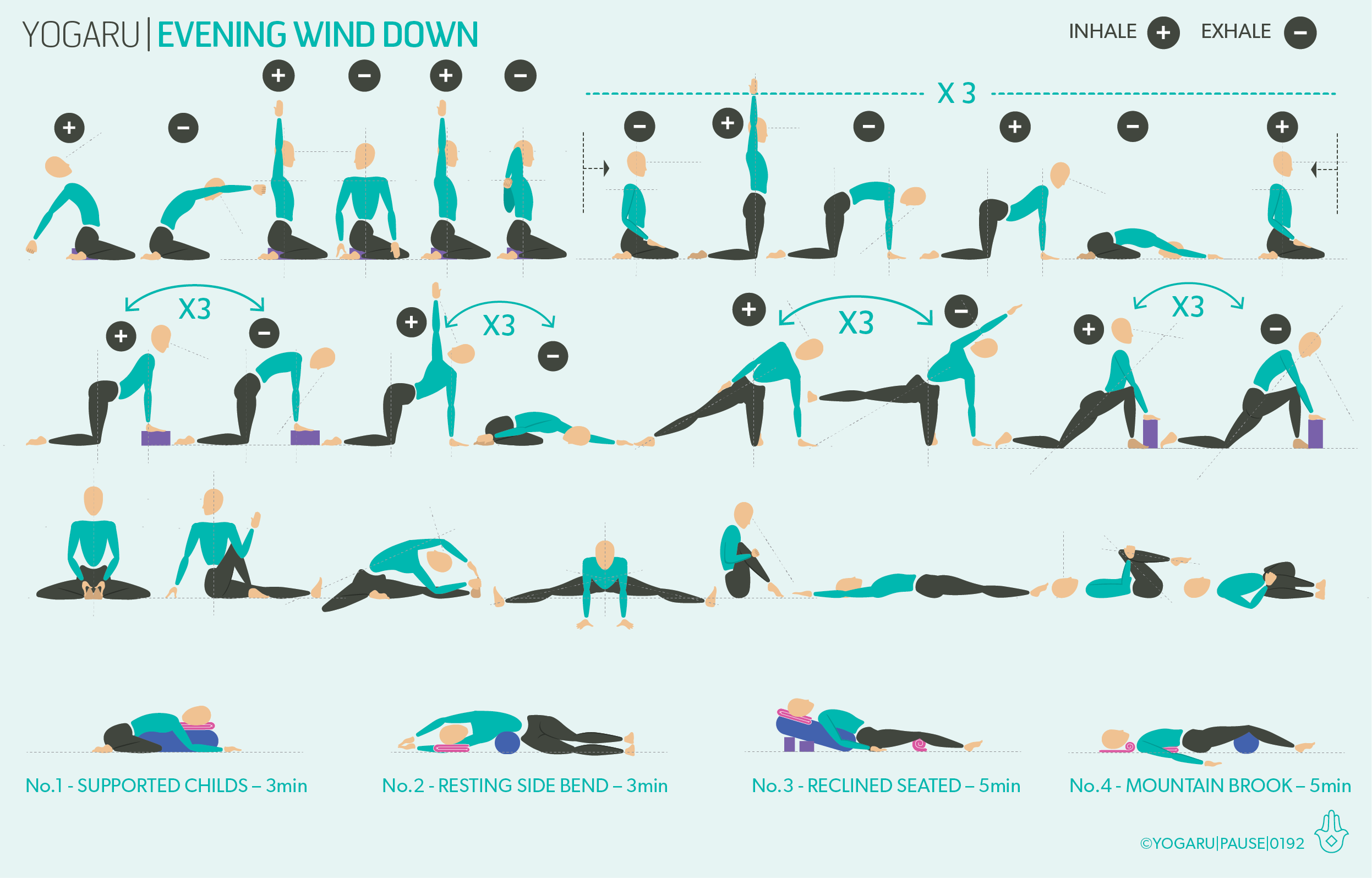CHRISTMAS HOLIDAY ROUTINE
The Christmas period can be a busy time of year for most. Finding time to step on your mat, to keep up your yoga practice, can be a bit of a challenge. But busy times like this are when you need all the benefits of your practice the most. My gift to you this year is a ‘little & often’ Christmas mini flow sequence to help you to maintain your practice over the coming weeks. Each of the mini flows are designed to support different needs that you might encounter over the festive period. Put aside 15 min each morning to kick start all the systems of your body and blow away the cobwebs. Giving you lots of energy to enjoy your social gatherings, keep you calm in the face of family mayhem and give your digestive system a little helping hand.
THE BENEFITS OF ENERGY FLOW
Who doesn't need a little bit of extra energy over the Christmas period! Work parties, get-togethers with friends and family, pressie shopping, decorating Christmas trees and endless to-do lists all take extra energy. Use this yoga mini flow to give you extra energy so you can enjoy all the Christmas activities. This sequence has standing poses to boost your circulation and standing balancing poses to shake you up just enough to wake you up! Backbends and twists are very energising poses too. They warm up the muscles of the respiratory system, helping you draw in extra oxygen for energy production.
THE BENEFITS OF STRESS FLOW
The busyness of Christmas can sometimes tip into stressfulness. Extra queues everywhere you go, saying yes to more than you can manage and having everything done by the big day can all take their toll. Use this sequence to create space for you to breathe, release tension and give you a bit of distance from the causes of your Christmas stress. The hips are connected with the sympathetic nervous system, fight or flight stress response. When we feel stressed the muscles at the front of the hip tense ready for action. This sequence has plenty of hip openers and gentle spinal manipulation to ease this physical tension, and in turn release emotional tension too.
THE BENEFITS OF DIGESTION FLOW
At this time of year we are often eating and drinking more than we usually do or foods that are either different or richer than our digestive system is used to. Use this sequence the morning after as your ‘go to’ practise to help keep your digestive system moving if it is feeling a bit sluggish. This sequence has lots of gentle backbends and prone poses to compress and stimulate the gut and help get you back on track. Similarly it has gentle twists to stimulate the walls of the intestines to push the food along and keep it moving in the right direction. Use your breath to create a softness in the abdominal region so that the twists and backbends can penetrate to the digestive system.
EXPLORING CHRISTMAS MINI FLOWS IN YOUR PRACTICE
Each mini flow will take around 15 mins. They start with 2 rounds of Surya Namaskara C, or Sun Salutation C to get you warmed up and link your breath with your movement. When flowing through the mini flows indicated between the arrows, start with the right leg forward first, and then repeat this group of poses on the left side. For a longer practice you can add 2 rounds of Surya Namaskara C between the right and left side. Keep your transitions simple and when in doubt link pose through a Downward Dog or come back to Tadasana at the top of your mat and step back into your next pose. You can rotate the three flows each day or depending on what you need that day, you can repeat the flows that you find you need the most. If there are poses that do not suit your practice, skip them and move to the next pose.
To save the images for personal use click and hold down the image until the ‘save image’ option appears; on Mac hold down ‘control’ and click the image to get the option box; on PC right click on the image to get the option box. Scroll down in the ‘option box’ and click ‘save image’.
Ruth Delahunty Yogaru




